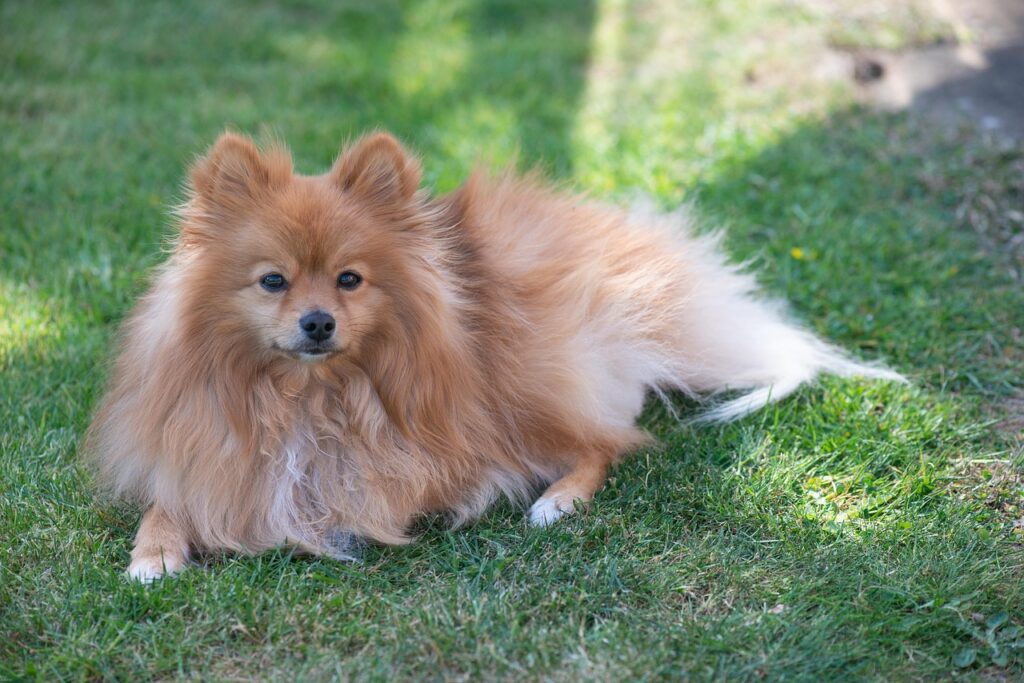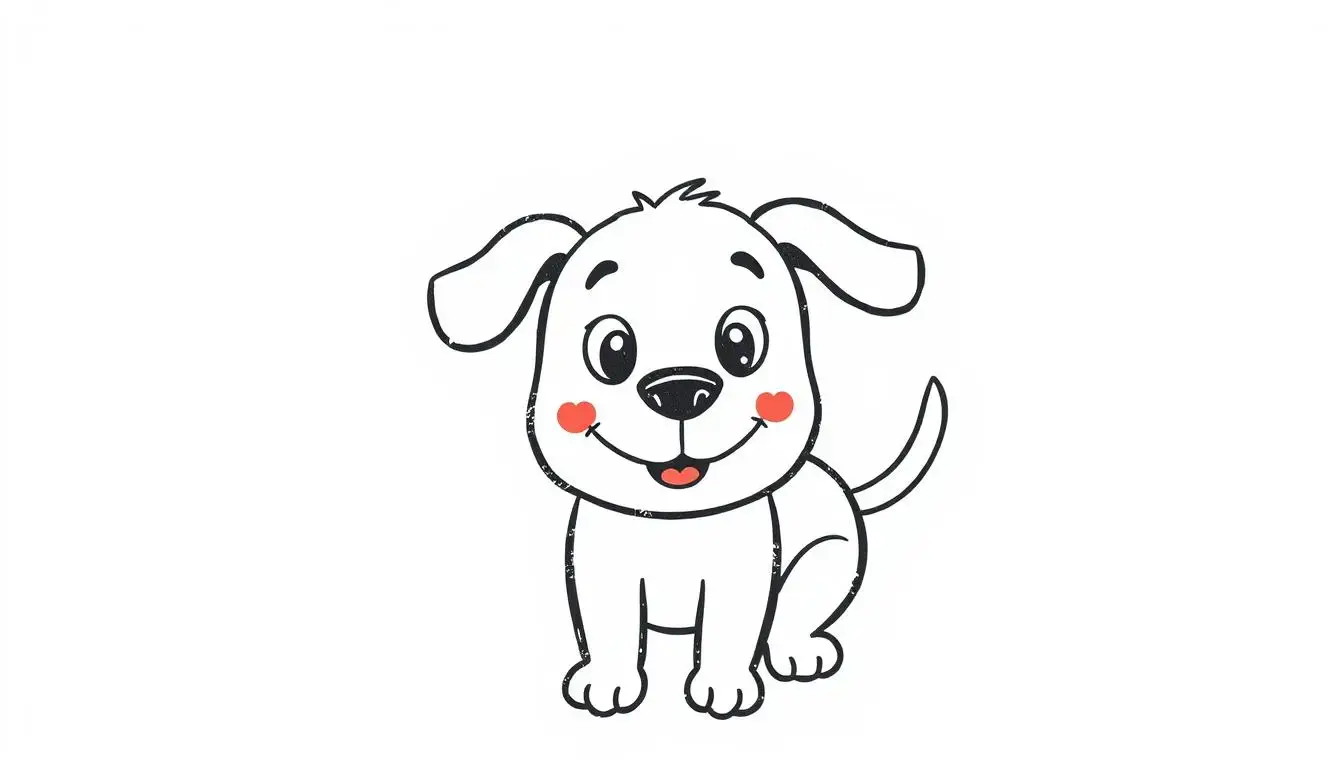
Understanding Dog Muzzles: A Comprehensive Guide
Introduction
Dog muzzles are often misunderstood tools in canine care. While some perceive them as symbols of aggression, muzzles serve various purposes, from ensuring safety during grooming to preventing unwanted behaviors like biting or scavenging. This guide delves into the intricacies of dog muzzles, addressing common concerns and providing insights into their appropriate use.
What Is a Dog Muzzle?
A dog muzzle is a device placed over a dog’s snout to prevent biting, chewing, barking, or eating unwanted items. Muzzles come in various designs and materials, each tailored to specific needs and situations.
Types of Dog Muzzles
- Basket Muzzles: Resembling a basket, these muzzles allow dogs to pant, drink, and even receive treats. They are ideal for extended wear and are often used during walks or vet visits.
- Soft Muzzles: Made from fabric or mesh, these muzzles wrap around the dog’s snout, restricting movement more than basket muzzles. They are suitable for short-term use, such as grooming sessions.
- Breed-Specific Muzzles: Designed to fit the unique facial structures of certain breeds, ensuring comfort and effectiveness.
When and Why to Use a Muzzle
- Safety During Stressful Situations: Vet visits, grooming, or new environments can cause anxiety, leading to aggressive behaviors.
- Preventing Scavenging: Some dogs have a habit of eating harmful items during walks.
- Behavioral Training: Muzzles can be tools in behavior modification programs, preventing biting during training sessions.
Addressing Common Concerns About Dog Muzzles
How long can a dog safely wear a muzzle?
The appropriate duration for wearing a muzzle varies depending on both the type of muzzle and the context in which it’s used. Basket-style muzzles, which permit panting, drinking, and even taking treats, are generally safe for longer use—typically up to an hour under close supervision. In contrast, soft muzzles, which restrict mouth movement more significantly, should only be worn for brief periods, generally no more than 15 to 20 minutes.
Is it inhumane to leave a dog muzzled?
Leaving a dog alone while muzzled is not advisable. Doing so can result in heightened stress, emotional discomfort, and even physical complications. Muzzles are designed to be short-term safety tools, not long-term behavioral fixes or restraints.
Can muzzles help calm dogs?
When introduced in a patient, positive manner, muzzles can contribute to a dog’s sense of calm. With the right training approach, such as using treats, praise, and slow exposure, dogs can come to view the muzzle as a reassuring presence, especially in environments that might otherwise trigger fear or anxiety.
Choosing the Right Muzzle
Selecting the appropriate muzzle involves considering the dog’s size, behavior, and the intended use.
Comparison Table: Popular Dog Muzzles
| Muzzle Type | Features | Best For |
|---|---|---|
| Baskerville Ultra Muzzle | Durable, allows panting and drinking | Training, walks, vet visits |
| BARKLESS Basket Muzzle | Lightweight, adjustable fit | Grooming, short walks |
| JAFCO Plastic Muzzle | Transparent, treat hole available | Behavior training, reactive dogs |
Alternatives to Muzzles
While muzzles are effective, alternatives can be considered based on the situation:
- Head Halters: Provide control over the dog’s head, reducing pulling and aggressive behaviors.
- Calming Caps: Limit visual stimuli, helping anxious dogs remain calm.
- Behavioral Training: Addressing the root causes of unwanted behaviors can reduce the need for muzzles.
Summary
Dog muzzles, when used appropriately, are valuable tools in ensuring safety and managing behaviors. Understanding the types, uses, and limitations of muzzles is crucial for responsible pet ownership. Always prioritize the dog’s comfort and well-being, and consult professionals when in doubt.
Frequently Asked Questions (FAQs)
Q1: Can a dog eat while wearing a muzzle?
A1: Basket muzzles allow dogs to eat treats and drink water. However, soft muzzles restrict mouth movement, making eating difficult.
Q2: How do I train my dog to accept a muzzle?
A2: Introduce the muzzle gradually, using treats and positive reinforcement. Start with short sessions, increasing duration as the dog becomes comfortable.
Q3: Are muzzles only for aggressive dogs?
A3: No. Muzzles are used for various reasons, including preventing scavenging, ensuring safety during grooming, and aiding in behavioral training. (EnviroLiteracy)
Q4: Can I leave my dog unattended with a muzzle?
A4: It’s not recommended. Muzzles should be used under supervision to ensure the dog’s safety and comfort. (GoodRx)
Q5: How do I choose the right size muzzle for my dog?
A5: Measure the length and circumference of your dog’s snout. Refer to the manufacturer’s sizing guides to select the appropriate size. (caninehabit.com)
By understanding and respecting the proper use of dog muzzles, owners can ensure the safety and well-being of their pets and those around them.










